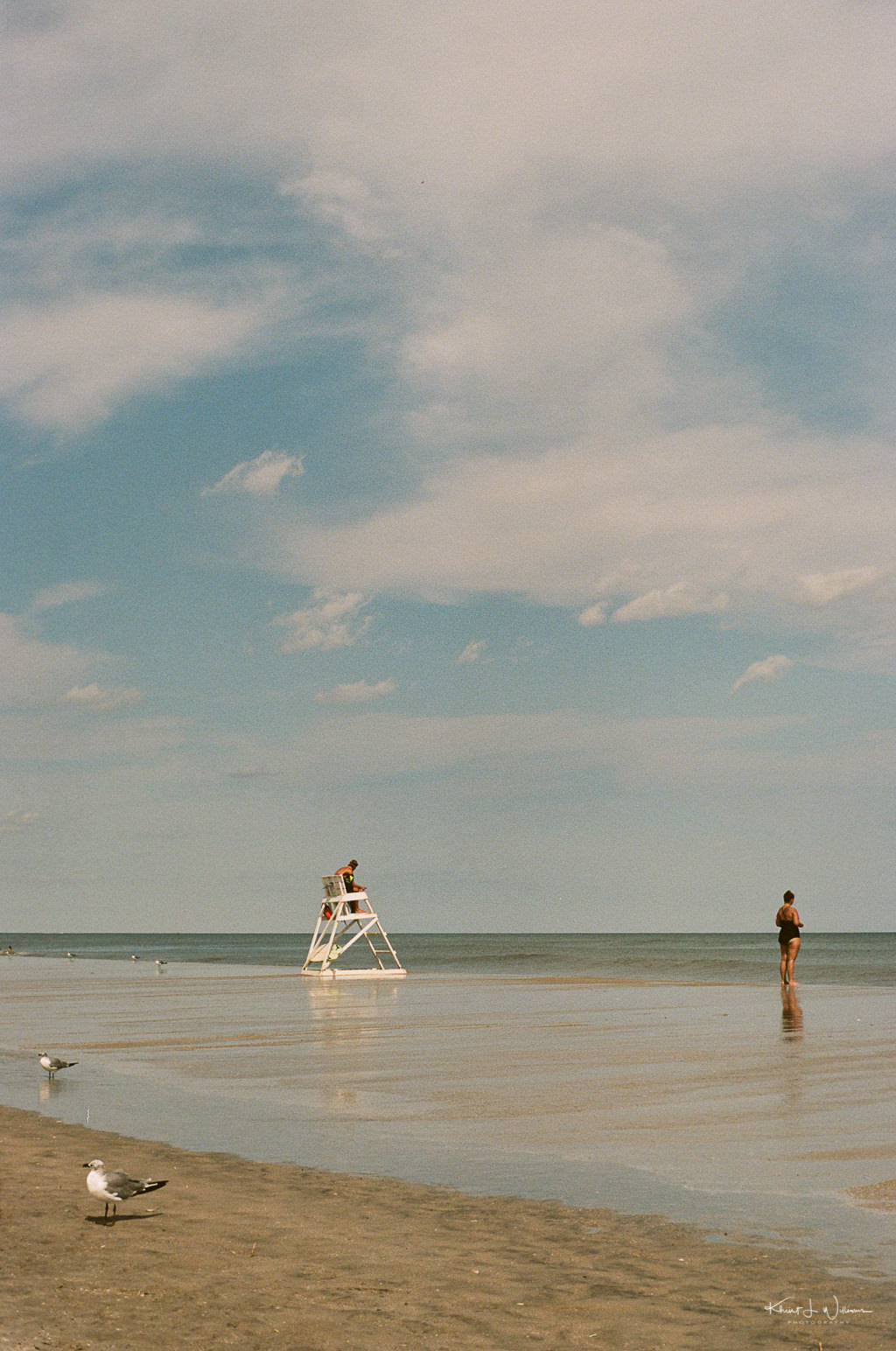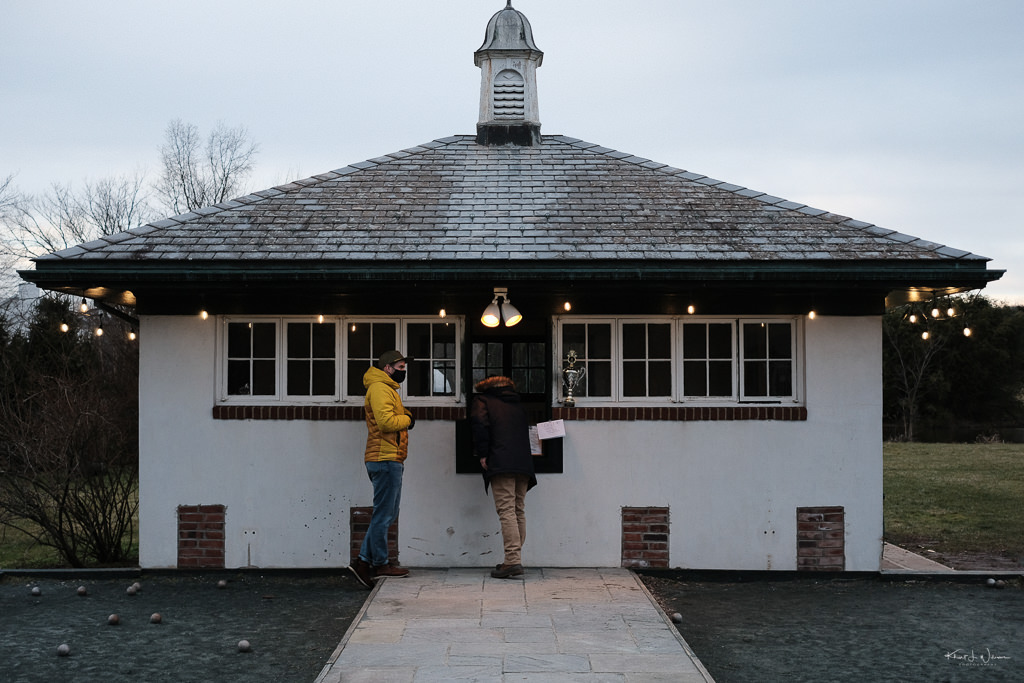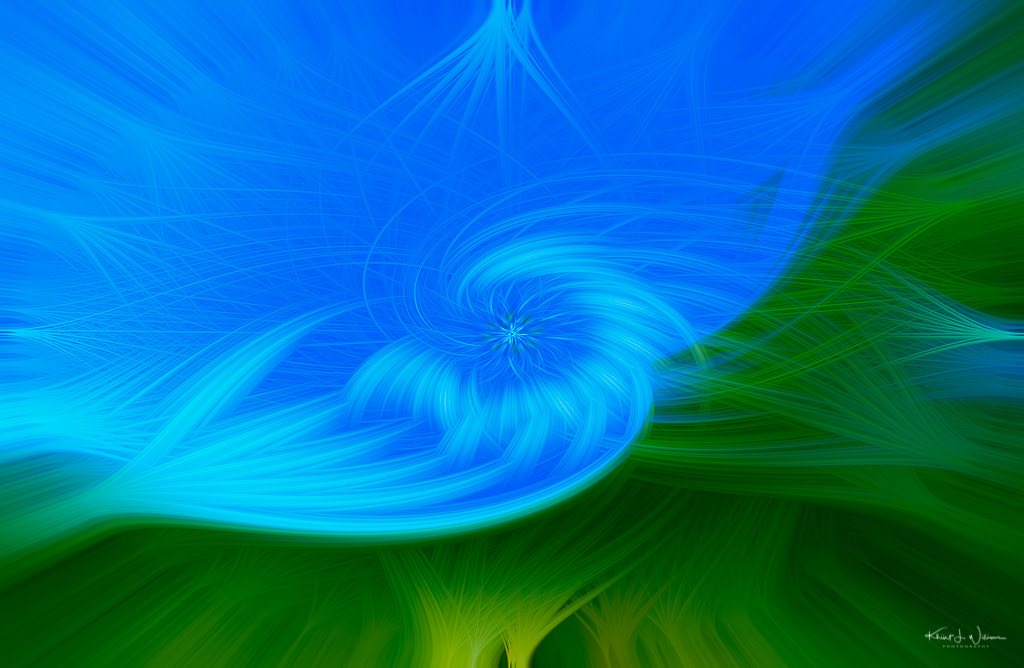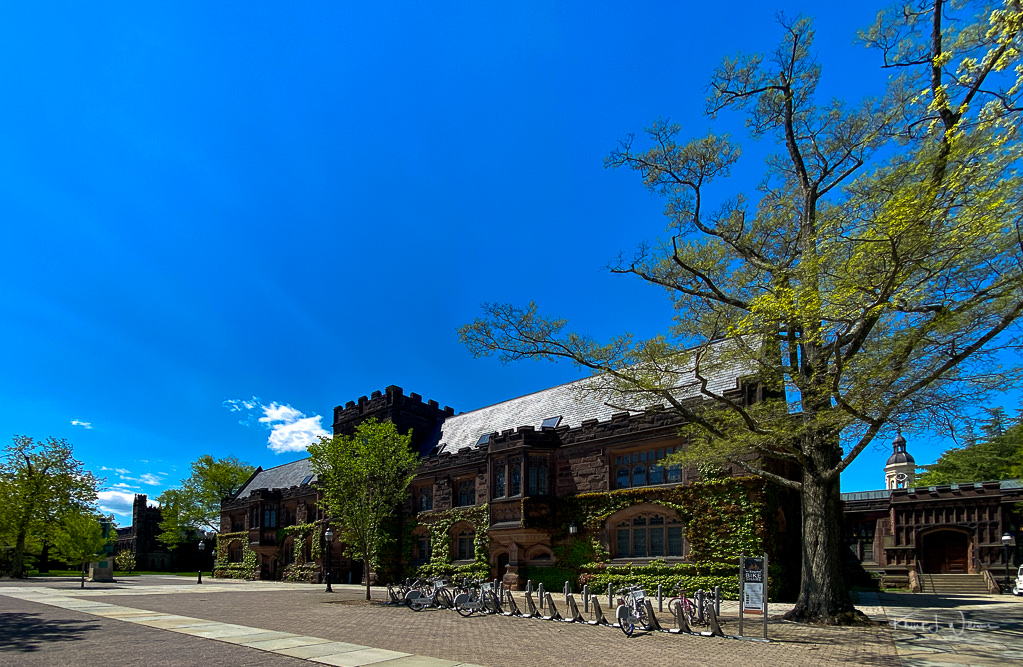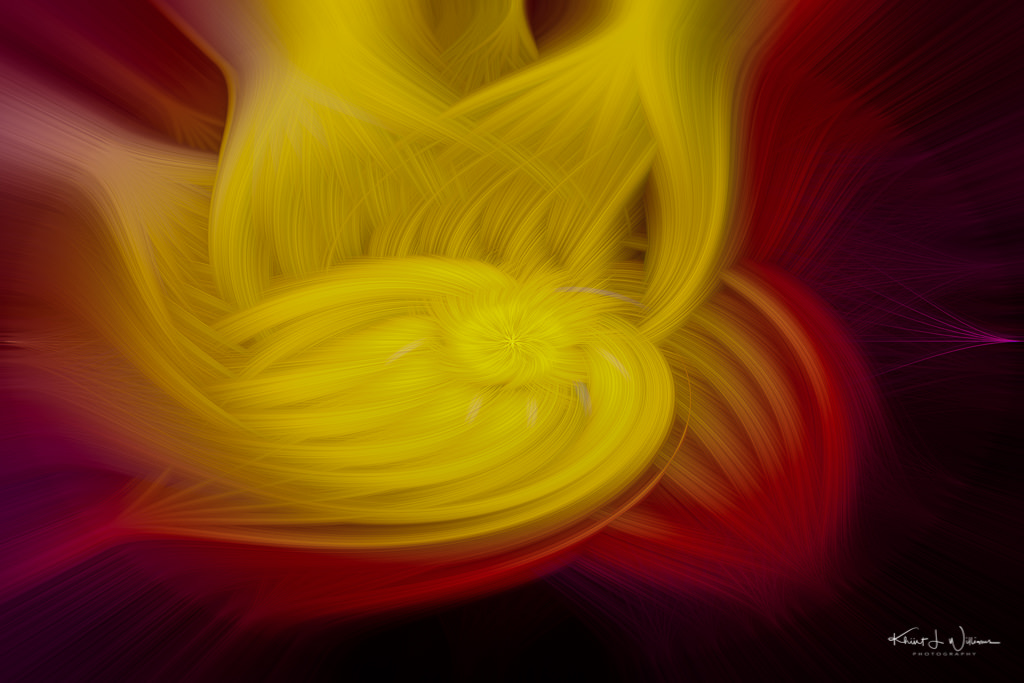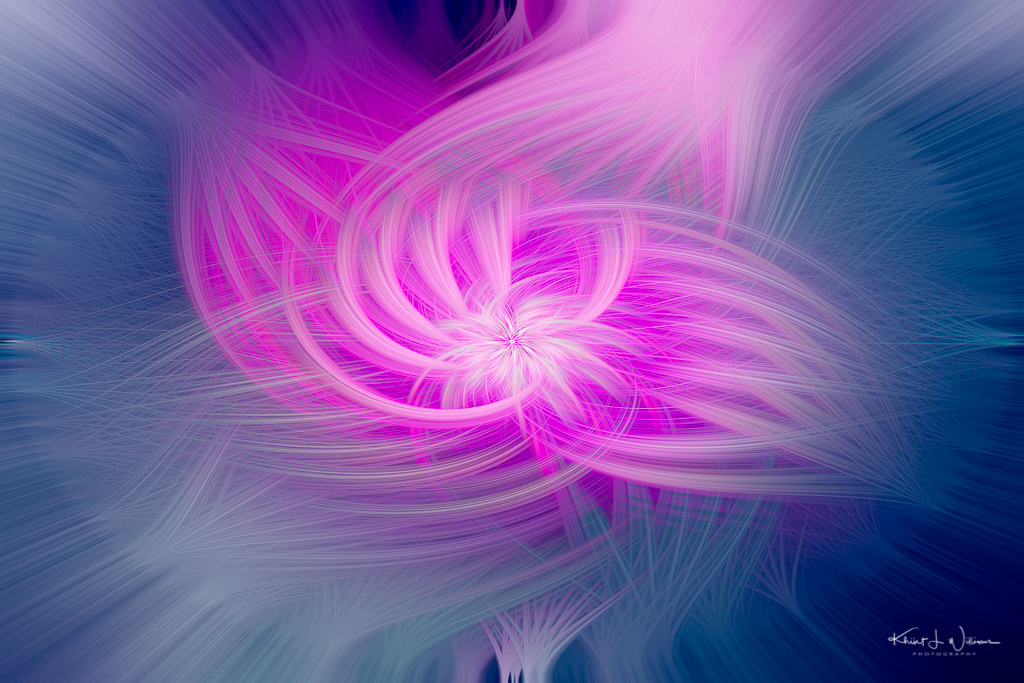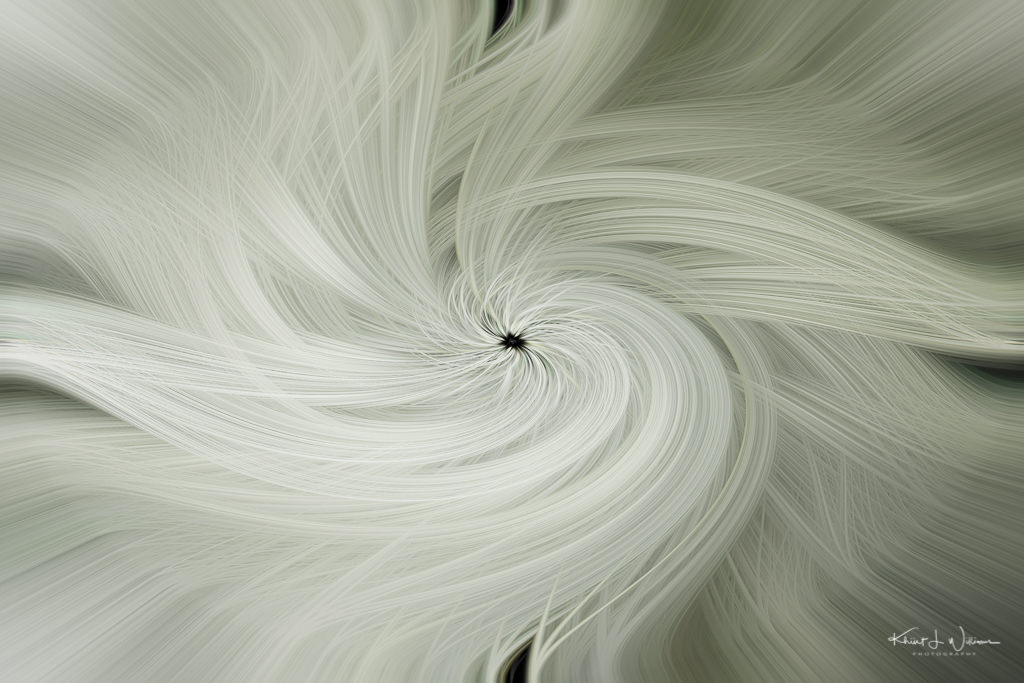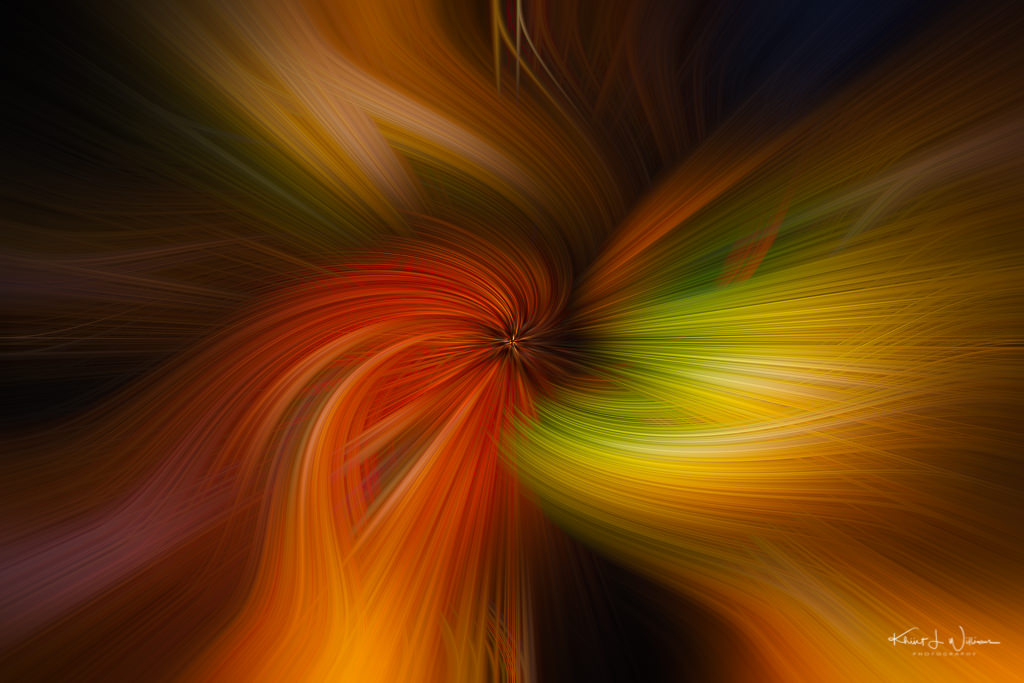I grew up in the 1970s and learned the craft of photography in the late 1980s with an inexpensive Pentax 35mm analogue SLR camera in hand, spending countless hours in the darkroom. Stacks of 35mm film negatives and colour transparencies still bear witness to my creativity. Back in 1999, I was quick to jump onto the digital wagon, buying an expensive (for the time) Sony point-n-shoot camera. By 2006, I began using DSLRs and Adobe Lightroom as my digital darkroom. I returned to 35mm film photography a few years ago. While relearning 35mm film photography, I have abused quite a bit of 35mm film, trying to accomplish with my Minolta XD-11 camera what I could more easily produce with my Fuji X-T3 digital mirror-less camera. I even tried using film simulation recipes to duplicate the looks of popular 35mm films such as Portra, Kodachrome, and Ilford HP5.
I looked around the web for inspiration and followed some popular film photographers. But I started to feel like the more I looked at the work of present data famous film photographers, the more disillusioned I felt. Many present-day photographers take too many photographs without content; they fetishise the film aesthetics (grain, tonality, etc.) without considering the subject matter.
We can speculate as much as we want about the reasons why the photographic film is coming back. I personally think that it’s one part nostalgia and one part a desire for a more challenging and hands-on medium.
Take the popular Instagram channel, burbsonfilm. I started following this channel because I thought the subject matter would be more approachable since I live in the suburbs. I also hope to learn what film stock might work best for this subject matter. But after some time, I started to see a pattern. Almost all images are captured via some 1970s or 1980s time machine camera. Nearly every scene has a 1970s era car parked in a driveway or street corner, and run-down gas stations, records stores, and vintage diners are common. I have photographed the Princeton, Montgomery, Hopewell and Lamberville suburbs. Few of my 35mm film or digital photographs of these areas look like anything on the burbsonfilm channel.
The content on the boxspeed Instagram channel is more varied, but much of it is still trying to evoke scenes from the 1970s and 1980s. It seems to me that many current film photographers are trying to recreate the look and feel but also the time and place of old photographs from the 1970s and 1980s. Many of these photographers are trying hard to show that they shoot 35mm film by using film stock with excessive grain, exposing expired 35mm film, or using a camera with mechanical defects (e.g. light leaks). Perhaps to them, all of this is new.
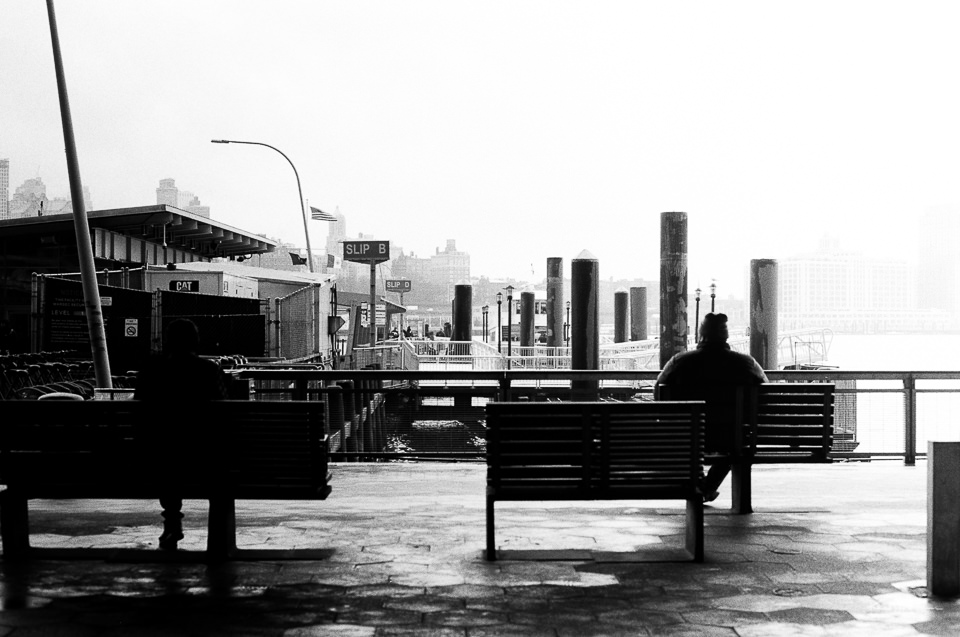
In the late 90s and early 2000s, 35mm film cameras and printing became very advanced and technical image quality improved considerably and moved away from the limitations of the 1970s and 1980s. 35mm film stocks didn't change much, but the cameras became more capable. Ironically the number of people shooting film declined as more people were switching (briefly) to digital point-n-shoot cameras and then ultimately to smartphones. Now here we are in the 2020s, and suddenly this 35mm film photography is cool again because many of the people shooting it are experiencing it for the first time in their lives. This is a recycled old hat for anyone who started with 35mm film photography in the 1970s, 1980s or 1990s.
Hipstamatic was one of the first popular smartphone apps that tried to emulate actual film flaws like exaggerated grain, underexposure, light leaks, and faded colour prints. Hipstamatic was an attempt to lend authenticity to digital images. Somehow, evoking the memories of faded snapshots made the digital image feel more "real" (I'm rolling my eyes right now). I think this feeling has led some people to intentionally create poor 35mm pictures (exaggerated grain, underexposure, light leaks, etc.) to hammer home that the image was taken with film.
Of course, the film negative must be digitally scanned and uploaded and shared for viewing on smartphone size screens. So what we are seeing are digital impressions of analogue media. I believe that well-made images made with quality film stock (anything that is not homography) are indistinguishable from digital camera creations once you shrink the photos down to fit on a smartphone. The flaws are the only reason to shoot with 35mm film for many people.
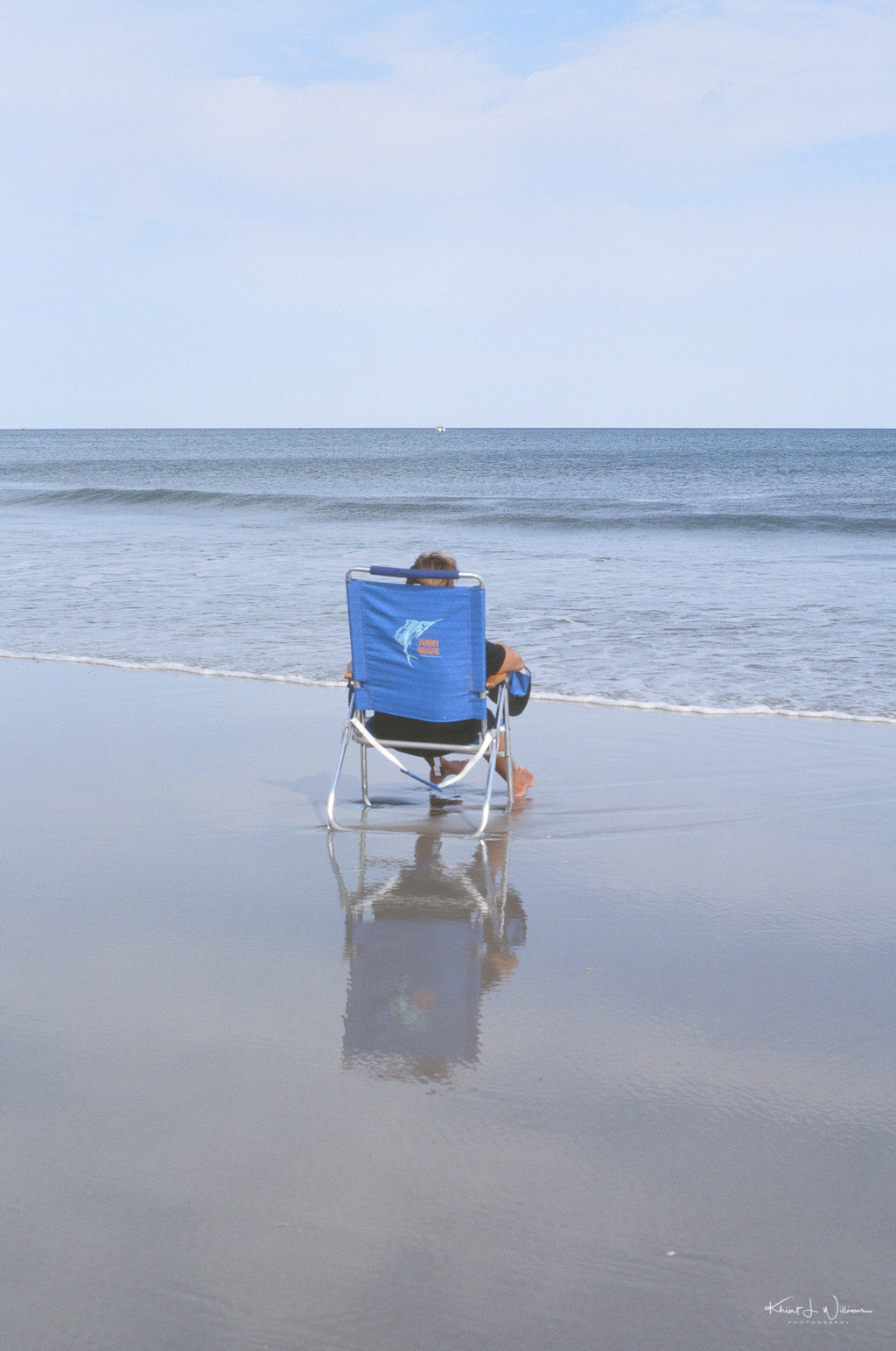
While I have not intentionally attempted to photograph scenes that would be commonplace in the 1970s or 1980s, nor intentionally underexposure my film, I must admit I'm guilty as anyone for posting scans of my failed 35mm film adventures but additionally that the subject of many of my 35mm film photographs are “underwhelming”. I want to step up my 35mm film photography game. I want to make pictures worthy of sharing. In my search for inspiration, I discovered a new e-zine called Grain, dedicated to film photographers. It’s a project by the publishers of the Fuji X Passion e-zine. Lifetime membership is US$35. I mostly make photographs with my Fuji X-T3, but I subscribed anyway.
If my rant conveys a bitter narrative, I apologise. Ultimately photography is about using a visual medium to tell "the story” and not about the process that captured it. A good photo is a good photo. How it was made need not be explained to the viewer. Yes, I am a bit of a hypocrite here. The captions in my posted images all contain the type of equipment used, and if it’s a scan of a 35mm film photograph, I include the film stock. Why?
I think it’s a sort of signal, indicating to members of the Fuji X and 35mm film community that may happen upon my website that “I am here. I am one of you”.
